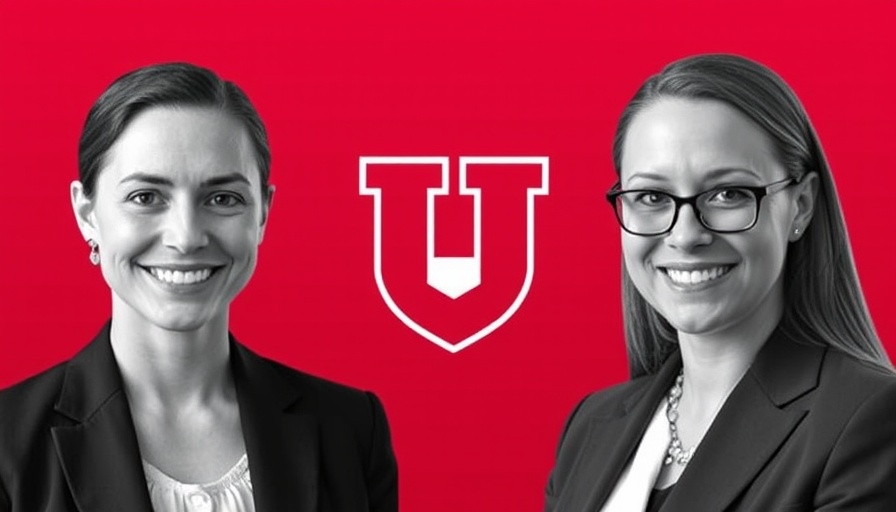
Reassessing Hepatitis C Screening: A Post-Pandemic Perspective
The COVID-19 pandemic has reshaped healthcare delivery in numerous ways, prompting a re-evaluation of several health screening practices, including Hepatitis C virus (HCV) screening in emergency departments (EDs). As the world gradually transitions to a post-pandemic reality, the importance of robust screening practices cannot be overstated in preventing disease progression and improving treatment outcomes.
The Current Landscape of HCV Screening
Emerging data indicates that although the pandemic has delayed routine screenings for numerous illnesses, Hepatitis C remains a pertinent issue due to its increasing prevalence among the population. The Centers for Disease Control and Prevention (CDC) has issued frameworks highlighting the necessity for healthcare providers to prioritize HCV testing, particularly in at-risk communities. The implementation of immediate and accessible screening practices within EDs may not only aid in timely diagnosis but also facilitate the initiation of treatment for those diagnosed.
Why Emergency Departments Are A Crucial Setting for Screening
Emergency departments serve as crucial access points for patients who may not typically engage with primary healthcare. Many individuals seek care due to acute issues, possibly leaving chronic conditions unaddressed. By integrating HCV screening protocols in EDs, healthcare providers can identify cases that would have otherwise remained undetected. Implementing such strategies aligns with the CDC’s recommendations for “opt-out” testing, thereby normalizing the screening process and enhancing early detection.
Patient-Centric Innovations in Healthcare Delivery
With the advent of technologies such as telemedicine and remote patient monitoring, healthcare delivery has adapted significantly post-COVID-19. These innovations present opportunities to enhance HCV screening practices. By utilizing digital health tools, healthcare providers can engage patients through virtual education sessions about the importance of HCV testing. Mobile health applications can also support follow-ups for those diagnosed, ensuring continuity of care.
Challenges and Opportunities Ahead
Despite the imperative need for systematic HCV screening, healthcare providers must navigate several challenges, including reimbursement issues and potential provider burnout. Addressing these concerns is vital for sustaining workforce engagement while also improving patient outcomes. With ongoing discussions around healthcare reform and value-based care models, stakeholders have a unique opportunity to advocate for improved policies that promote comprehensive disease management.
A Look Ahead: The Future of Screening Practices
As society adjusts to the realities of living post-pandemic, the lessons learned about accessibility and equitable healthcare practices become paramount. An emphasis on HCV screening in emergency departments not only reinforces the importance of early intervention but also aligns with broader public health goals aimed at managing chronic diseases effectively. Healthcare leaders must champion these efforts to cultivate a culture that prioritizes comprehensive testing measures.
Healthcare policy makers and administrators are presented with a pivotal challenge: to seamlessly weave HCV screening into evolving care models while also ensuring healthcare provider wellness. Exploring innovative approaches to disease management and facilitating open discussions on the importance of screenings can create an environment conducive to better patient outcomes.
Conclusion: Taking Action towards Better Hep C Care
As healthcare professionals, embracing post-pandemic innovations and advocating for proactive HCV screening in emergency departments has the potential to significantly improve patient outcomes. By understanding the evolving landscape of healthcare delivery and making the most of technological advancements, professionals can reinforce the essential role of early diagnosis in chronic disease management. Now is the time to take action and prioritize healthy futures for patients across our communities.
 Add Row
Add Row  Add
Add 




Write A Comment